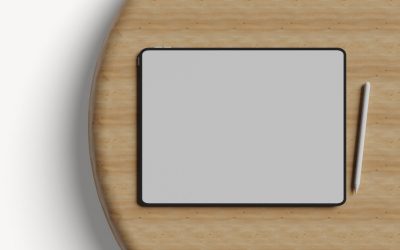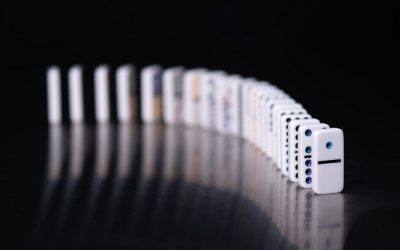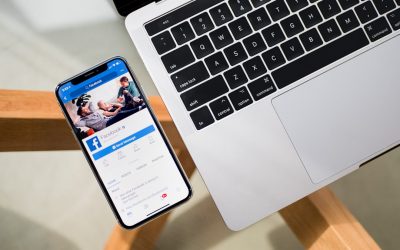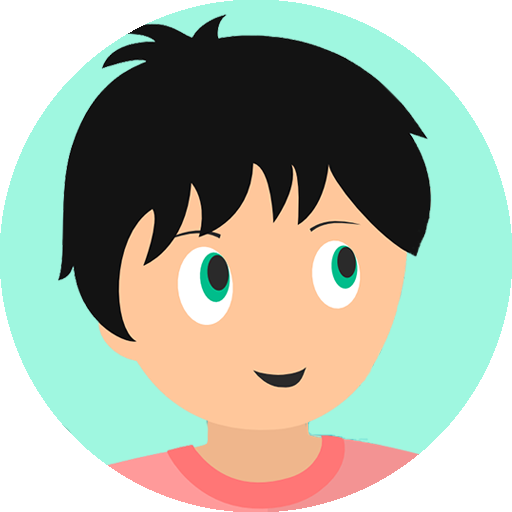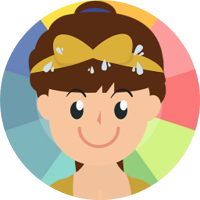Residential facilities for dependent elderly peoplesenior living are structures that accommodate elderly people requiring increased assistance and supervision. To provide quality care, facilities must adapt to new technologies and offer effective remote monitoring solutions. Remote monitoring solutions allow for remote monitoring of residents’ health status and early detection of signs of deterioration. In this article, we will explore the different tele-monitoring solutions in senior living and their benefits.
Innovations allowing remote monitoring in senior living
Motion sensors
Motion sensors are technological devices that detect the movements of residents in senior living. They are often used to prevent falls and improve the safety of seniors by monitoring their physical activity. Motion sensors can be installed in rooms, bathrooms, hallways and other areas of the facility. They can be linked to an alert system that sends a notification to caregivers or medical staff when unusual or abnormal movements are detected. Motion sensors can also be used to monitor residents’ sleep and provide useful data to healthcare professionals to improve the quality of their care. While these devices can be useful in improving the safety of seniors in senior living, it is important to ensure that they are used ethically and respect the privacy of residents.
The benefits of this remote monitoring solution are the reduction of the risk of falls and the improvement of the residents’ safety.
Video surveillance systems
Video surveillance systems are technological devices that monitor the activities of residents in senior living. They are often used to improve the safety of the elderly and prevent the risk of abuse, neglect or violence. Surveillance cameras can be installed in common areas of the facility, such as hallways, living rooms, and gardens, but also in residents’ rooms if they so desire. The images captured by the cameras can be viewed in real time or recorded for later viewing if needed. However, the use of video surveillance systems in senior living can raise ethical and privacy issues for residents. Therefore, it is important to have clear and transparent video surveillance policies in place, involving residents, families and facility staff. This remote monitoring solution is particularly useful for monitoring residents with dementia or other mental health conditions. The benefits of this solution are the reduction of the risk of abuse and the safety of the residents.
Remote assistance devices
Tele-assistance devices are technologies that allow residents in senior living to quickly contact the nursing staff or emergency services in case of emergency. These devices can take the form of bracelets, pendants or connected watches, equipped with an alert button. Residents can activate this button when needed to alert caregivers or emergency services. Some telecare devices are also equipped with motion or fall sensors, which automatically detect abnormal movements or falls of residents and trigger an alert. Telecare devices can also be linked to a remote monitoring system, which allows caregivers to monitor resident activity in real time and respond quickly when needed. Remote assistance devices can thus contribute to improving the safety and well-being of residents in senior living, by offering them rapid and effective assistance in case of emergency.
Telecare devices are portable devices that residents can carry with them. These devices allow residents to communicate withsenior living professionals when needed. Telecare devices are often equipped with an emergency button that residents can use in the event of an emergency.
The benefits of this remote monitoring solution are reduced emergency response time and improved quality of life for residents. Here are some solutions:
- Philips Lifeline, which offers a personal emergency response system (PERS), medication management, along with fall detection.
- Bay Alarm Medical, which offers PERS, GPS mobile medical alert, plus fall detection.
- Medical Guardian, with PERS, fall detection and activity monitoring.
- MobileHelp, with PERS, GPS mobile medical alert, and medication management.
Health Surveillance Systems
Health monitoring systems allowsenior living professionals to monitor residents’ vital signs, such as blood pressure, pulse and temperature. Data is collected using wireless sensors or wearable devices and sent to a server where it can be monitored in real time. This remote monitoring solution is particularly useful for residents with chronic diseases. The benefits of this solution are early detection of health problems and improved quality of life for residents.
Another solution is also with the memory training program SCARLETT, to be able to remotely monitor the cognitive performance and well-being of residents.
Telemedicine solutions
Telemedicine solutions allow health care professionals to consult with residents remotely. Residents can communicate with a physician or specialist via video conferencing or an online platform. Telemedicine solutions are technologies that allow healthcare professionals to provide remote care to residents in senior living. These solutions can take different forms, such as video-consultation, tele-expertise or tele-interpretation of test results.
Residents can benefit from remote medical consultations without having to go to the hospital or doctor. Telemedicine solutions can also enable healthcare professionals to coordinate their actions and share medical information more efficiently, in order to improve the quality of care for senior living residents. Telemedicine solutions can help improve the efficiency and accessibility of healthcare for seniors in senior living, providing them with easy and convenient access to quality care, while reducing the costs associated with travel and hospitalization. Several companies offer these services, such as Teladc Health, Amwell, MDLive or Doctor On Demand.
This remote monitoring solution is particularly useful for residents who have difficulty getting around or who live in remote areas. The benefits of this solution are reduced unnecessary travel, faster access to care and improved quality of life for residents.
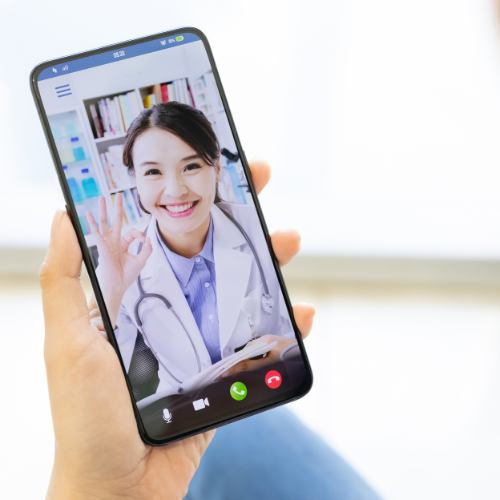
SCARLETT and its monitoring platform
“SCARLETT, your memory coach” is an application with more than 30 games adapted to stimulate the cognitive functions of seniors with cognitive disorders or neurodegenerative diseases (Alzheimer’s, Parkinson’s…). This application allows caregivers to create cultural and fun activities. In this case, technology can help track the cognitive support of the resident in senior living.
The SCARLETT gaming program is linked to a remote monitoring platform. The healthcare professional can remotely get alerts if a senior has a decrease in cognitive performance, or is in a bad mood. Indeed, every 20 minutes of play on SCARLETT, the resident must indicate his mood. In addition, the health professional has access to detailed results for each resident: the games played, the success rates, as well as practical information and guides to better support them.
The platform therefore makes it possible to follow the evolution over time of the residents, from a cognitive and emotional point of view. In senior living, the therapeutic project is to slow down the cognitive degradation rather than to perceive an improvement, it is then crucial to follow the evolution of each resident. The professional can also download a PDF with play statistics and share it with the family.
Medication tracking tools
Medication tracking tools are technologies that monitor residents’ medication intake in senior living. These tools can take the form of connected pillboxes, automated dispensing systems or mobile applications. Residents can be automatically alerted when it’s time to take their medication, or be assisted in preparing and taking their medication. Medication tracking tools can also allow healthcare professionals to track residents’ medication intake remotely, monitor drug interactions, and detect potential medication-related problems. Medication monitoring tools can thus contribute to improving the safety and quality of medication management for residents in senior living, by reducing the risk of errors and promoting more regular and effective medication use.
This remote monitoring solution is especially useful for residents who have memory problems or need to take medications at specific times. The benefits of this solution are reduced medication errors, improved resident safety and quality of care.
Nutrition monitoring platforms
Nutrition monitoring platforms are technologies that monitor the diet and nutrition of residents in senior living. These platforms can take the form of food consumption tracking software, connected scales or body composition measurement sensors. Residents can benefit from regular monitoring of their food intake, weight and body composition, in order to detect possible deficiencies or nutritional problems. Nutrition monitoring platforms can also allow healthcare professionals to track residents’ nutritional status remotely, tailor their diets to their needs, and detect any diet-related abnormalities or health issues. Nutrition monitoring platforms can thus contribute to improving the quality of nutritional management of residents in senior living, by promoting a balanced diet adapted to their specific needs. This remote monitoring solution is particularly useful for residents who have eating disorders or require a specific diet. The benefits of this solution are improved health and quality of life for residents, as well as reduced healthcare costs.
Thus, remote monitoring solutions are valuable tools for senior living seeking to offer quality care to their residents. The various solutions presented in this article offer significant benefits to safety, quality of care and quality of life for residents. Facilities that use these solutions can reduce risks to residents and improve the quality of their care. It is therefore recommended that senior living explore these different solutions and integrate them into their daily practice to improve their overall management.
Other articles that might interest you:
The Role of Cognitive Apps in Speech Therapy for Alzheimer’s Patients
Alzheimer’s disease is a progressive neurological disorder that primarily affects memory, thinking, and behavior. As...
Memory Apps for Alzheimer’s: Enhancing Recall in Speech Therapy Sessions
Alzheimer's disease is a progressive neurological disorder that primarily affects memory, thinking, and behavior. As...
Cognitive Rehabilitation Apps for Speech Therapy with Alzheimer’s Patients
In recent years, the landscape of cognitive rehabilitation has evolved significantly, largely due to the advent of...


